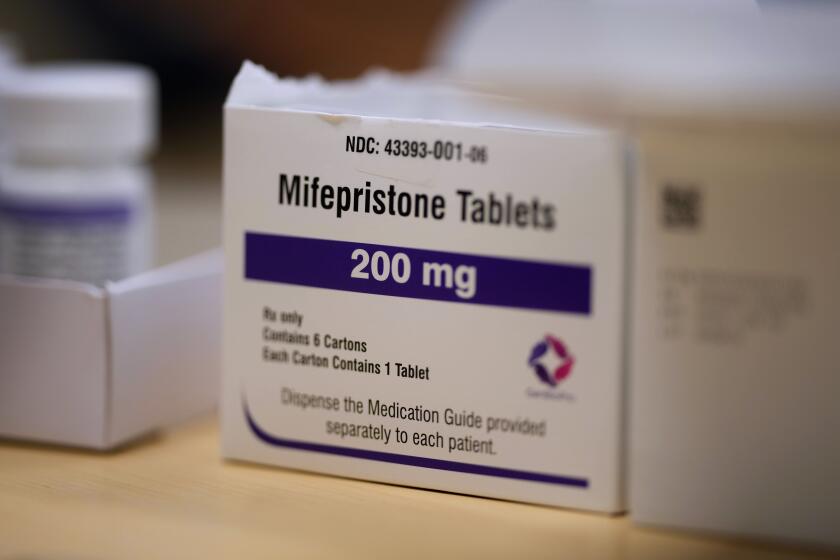Uninsured Afflicted by Medical Errors
- Share via
CHICAGO — Uninsured hospital patients suffer negligent medical injuries more than twice as often as insured patients, according to one of the largest and most comprehensive studies of its type.
One possible reason is that uninsured people tend to lack regular medical care and to take regular-care problems to emergency rooms, where treatment is accelerated and more prone to mistakes, researchers said.
Also, hospitals may be reluctant to admit uninsured patients, turning them away despite serious health problems, the researchers said in today’s Journal of the American Medical Assn.
The study is the first to show that inferior treatment is directly linked to insurance status, regardless of race, gender, patient income or type of hospital, said the principal author, Dr. Helen R. Burstin of Harvard Medical School.
The researchers analyzed 30,195 patient records from 1984 at 51 hospitals in urban, suburban and rural New York state.
The team found 1,278 injuries caused by medical treatment, including 306 caused by negligence, the failure to meet expected standards of care.
The uninsured were 2.1 times more likely than insured patients to suffer negligent medical injuries. In hospital emergency rooms, they were 5.2 times more likely to suffer negligent injuries than insured patients.
The researchers cited a woman with abdominal pain who went to an emergency room and was given a pregnancy test. It came back positive but no one ever checked it.
Three days later, the woman required emergency surgery for an ectopic pregnancy, which develops outside the womb and can be fatal.
In another case, an uninsured patient had received outpatient care “very intermittently” for anemia for two years, and then was admitted to a hospital with spreading colon cancer and a ruptured intestine.
One of the authors, Dr. Troyen A. Brennan, a professor of law and public health at Harvard School of Public Health, said the study’s findings can be applied nationwide.
“If anything, the quality of care has become worse since 1984,” he said. “There’s more people without insurance, hospitals are more aware (of cost constraints) and fiscal environments have gotten tighter since 1984.”
A related study in the journal found that patients lacking insurance or covered by Medicaid are hospitalized more often than other patients for conditions that can be treated out of the hospital or avoided entirely.
The 12 avoidable conditions studied included pneumonia, ruptured appendixes, asthma and gangrene, said the study, an analysis of 258,217 cases in Massachusetts and Maryland in 1987.
“More than 2,000 uninsured admissions and nearly 8,000 Medicaid admissions in the two states would have been avoided if these groups had been hospitalized for these conditions at the same rate as were the privately insured,” the authors said.
“A lot of people have talked about how much universal health insurance would cost,” said co-author Joel S. Weissman, a health care policy instructor at Harvard Medical School. “If you have universal access to care, you might save some money.”
Drs. Andrew B. Bindman and Kevin Grumbach, researchers at UC San Francisco, said both studies are very important for showing the “insidious” nature of inequities in medical care.
“Access to inadequate health care is not a solution for 37 million uninsured people,” they wrote in an editorial in the journal.
They said the real story behind the inequities is not who gets into the hospital and who does not, but what happens before and during hospitalization.



